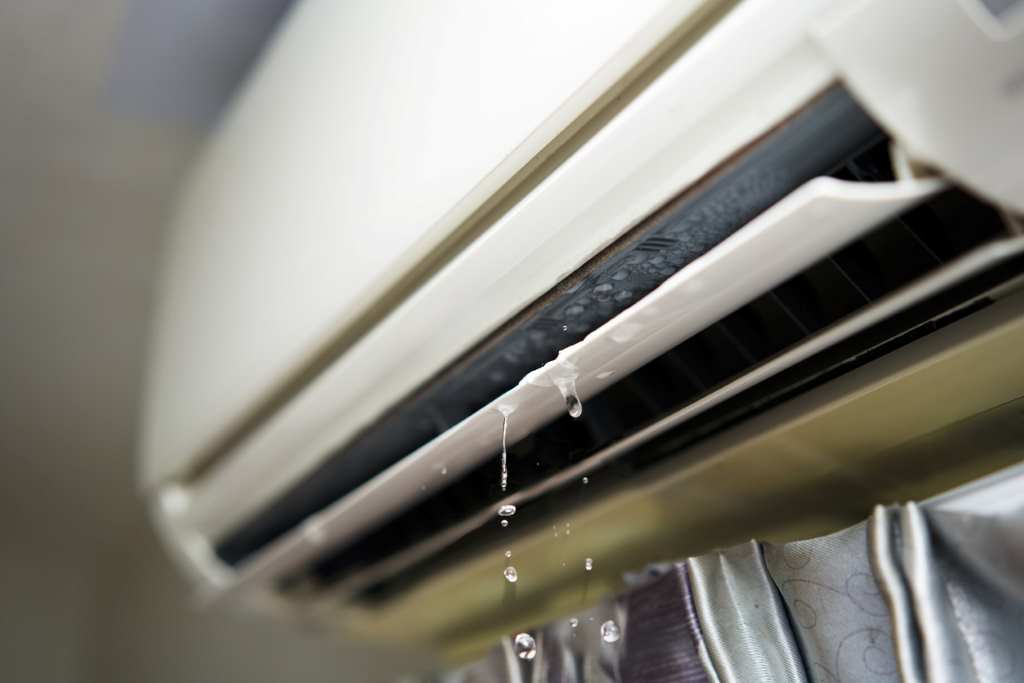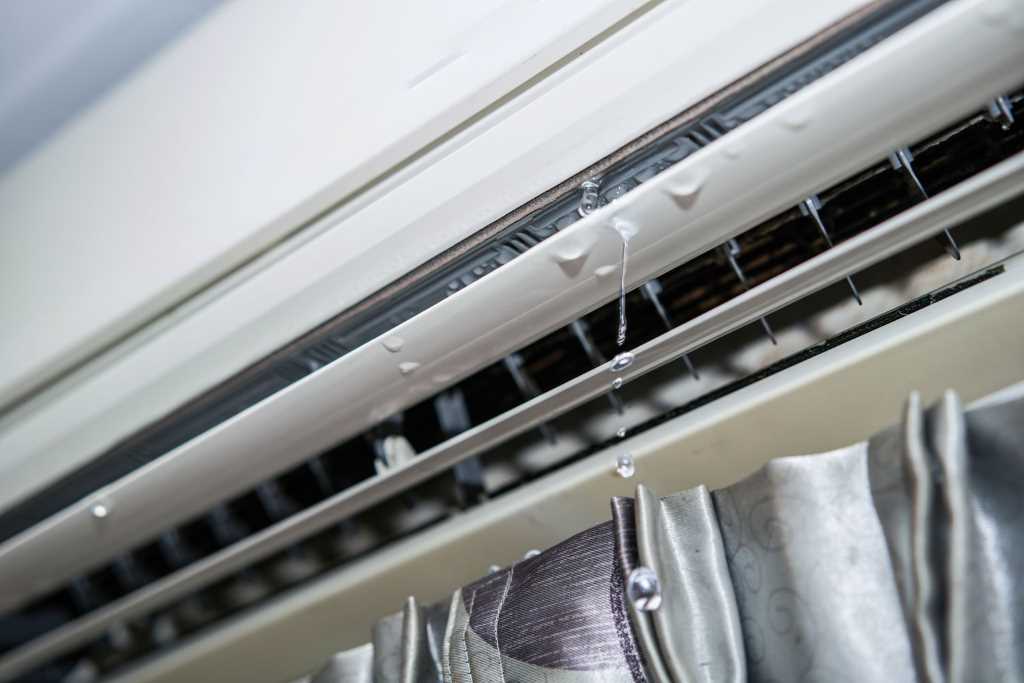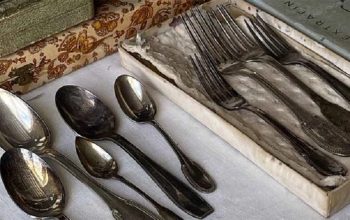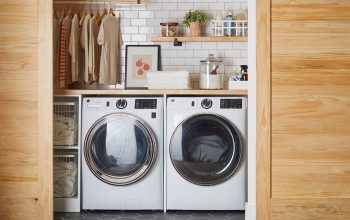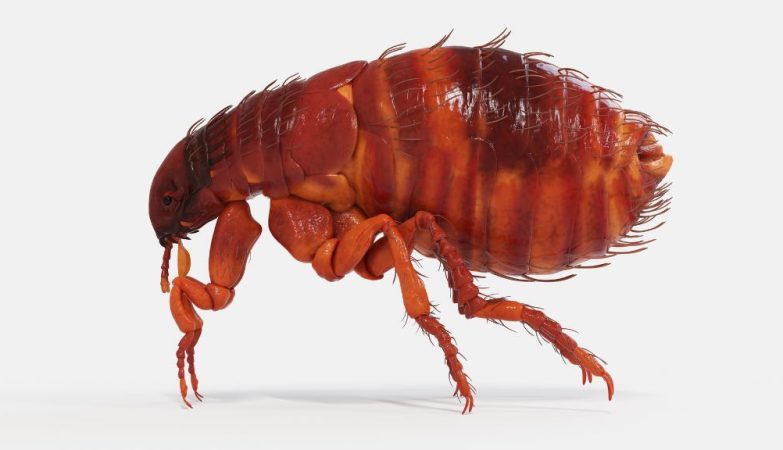Air conditioners are marvelous inventions that keep us cool during scorching summers. But what happens when your trusty AC suddenly starts spraying or leaking water? It’s puzzling and often concerning, especially if you’re not familiar with the inner workings of your cooling system.
Don’t panic! This article will explain why this happens and equip you with the knowledge you need to address the issue.
Understanding How Air Conditioners Work (The Simplified Version)
While complex in their entirety, the basic process behind how an AC cools involves:
- Warm Air Intake: Your AC draws in warm air from your room.
- Refrigerant Magic: This warm air passes over coils filled with refrigerant, a substance that absorbs heat, cooling the air down.
- Moisture Removal: A natural byproduct of cooling warm air is condensation, just like a cold glass getting “sweaty” on a hot day. Your AC collects this water.
- Drainage: The collected water is designed to drain away from your home via a system of pipes and a drain pan.’
Related: How to clean an air conditioner
So, Where’s the Water Coming From?
When your AC starts throwing water, it means something is wrong with the drainage system or a different part of the unit is causing excess water. Here are the most common culprits:
- Clogged Condensate Drain Line: Over time, dust, dirt, and even mold can build up within the drain line, creating a blockage. This forces the collected water to back up and overflow, often right inside your home.
- Frozen Evaporator Coils: These coils are where the magic of heat removal happens. If they get too cold, they can freeze over. When this ice melts, it can generate more water than the system can handle, leading to leakage. Common causes include low refrigerant levels or restricted airflow (due to dirty filters).
- Faulty Condensate Pump: Some AC systems, particularly in basements or attics, utilize a condensate pump to push water uphill and away from the unit. If the pump breaks, the water has nowhere to go but out.
- Dirty Air Filter: A heavily clogged air filter obstructs airflow across the evaporator coils. This can lead to them freezing and, as we saw, a freezing coil means excess water.
- Damaged Drain Pan: If the drain pan that collects the condensation is rusted, cracked, or damaged, the water is likely to leak out instead of flowing into the drain line.
Troubleshooting and DIY Fixes
Before calling in a professional HVAC technician, here are some things you can do:
- Turn Off the Power: First and foremost, prevent electrical issues and potential damage by turning off the power to your AC unit.
- Check the Air Filter: Replace it if it’s dirty. Aim to change your filter monthly during peak cooling season.
- Locate and Clear the Condensate Drain Line: You’ll usually find it outside, near the outdoor condenser unit. Use a wet/dry vacuum or a stiff wire to try and dislodge uncomplicated clogs.
- Inspect the Drain Pan: Look for cracks or signs of rust. While a temporary fix with sealant may help, a rusted pan ideally needs a full replacement.
When to Call a Professional
If you can’t determine the cause, DIY fixes don’t work, or you’re uncomfortable working with your AC:
- Persistent Water Leaks: Unchecked leaks can cause damage to your home and potentially lead to mold growth.
- Refrigerant Issues: Topping up refrigerant is something best left to licensed technicians, as it involves specialized tools and potential environmental hazards.
- Condensate Pump Failure: This requires replacement by a professional.
- Complex Electrical/Mechanical Problems: Safety first! Don’t attempt repairs that are beyond your comfort level.

